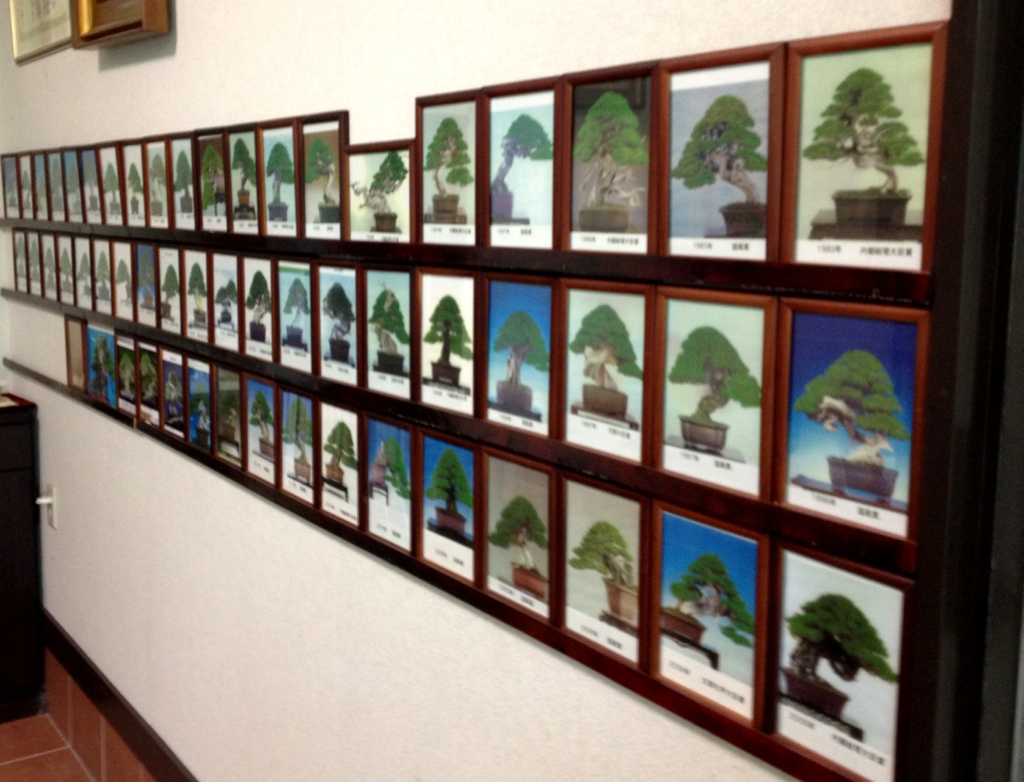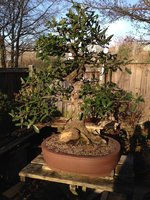electraus
Mame
This is as much a question as it is a discussion prompt. I just constantly hear American bonsai greats like Ryan Neil, Bjorn Bjorholm, etc. say that the best trees and bonsai masters are all in Japan, and that makes me think a little. It may be that I'm only two and a half years into this and still can't distinguish a fantastic tree from a grand masterpiece, but I just feel that if these other very accomplished and skilled artists from other parts of the world were all apprentices of the Japanese masters, what makes them lesser than a Japanese artist who did their apprenticeship with the same master? What makes the Japanese artists' trees so much more worthy of praise?
I guess I understand the idea that the Japanese masters, themselves, may create better pieces by the simple virtue of the fact that they're older and have much more experience. David DeGroot makes the argument that bonsai is a much more technical art than it is a creative one, and I do agree with him, so I guess that part clicks for me. But then I see Bjorn working on a breathtakingly magnificent Rocky Mountain Juniper (you know the one I'm talking about), and I just think "masterpiece." Why aren't the bonsai heavyweights outside of Japan referred to as 'masters?' Is it that these artists from other parts of the world are following the traditional East Asian custom of showing deference to elders and paying reverence to the place where the art form was made into what it is today or are Japanese trees/artists actually way better quality and I'm just too much of an uncultured novice to know what a true masterpiece is?
I guess I understand the idea that the Japanese masters, themselves, may create better pieces by the simple virtue of the fact that they're older and have much more experience. David DeGroot makes the argument that bonsai is a much more technical art than it is a creative one, and I do agree with him, so I guess that part clicks for me. But then I see Bjorn working on a breathtakingly magnificent Rocky Mountain Juniper (you know the one I'm talking about), and I just think "masterpiece." Why aren't the bonsai heavyweights outside of Japan referred to as 'masters?' Is it that these artists from other parts of the world are following the traditional East Asian custom of showing deference to elders and paying reverence to the place where the art form was made into what it is today or are Japanese trees/artists actually way better quality and I'm just too much of an uncultured novice to know what a true masterpiece is?




